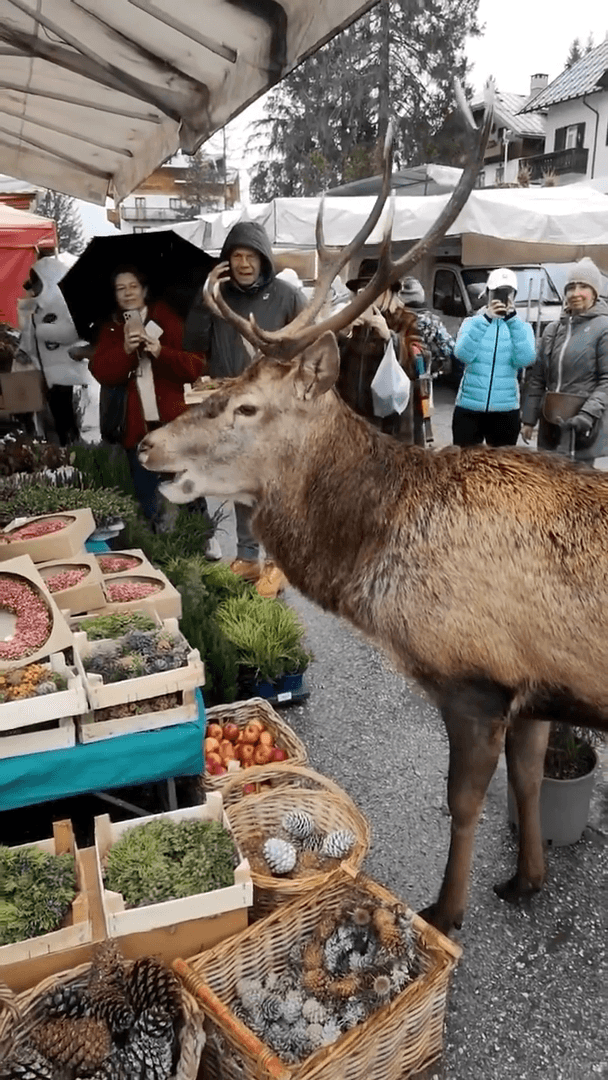
*edit: merci à tous pour votre aide. Soyez rassurés, je n’ai pas touché aux 🐇☺️ En enlevant ma toile agrotextile, j’ai découvert ceci 🥰 Mon potager est surélevé en plus 😅 Est-ce que je peux les déplacer? J’aimerais éviter qu’ils mangent mon potager (il y a betteraves, chou-fleurs, kale et carottes dans celui-ci), mais en même temps, je ne veux pas causer du mal aux 🐇
Post: 28 July 17:40
















































